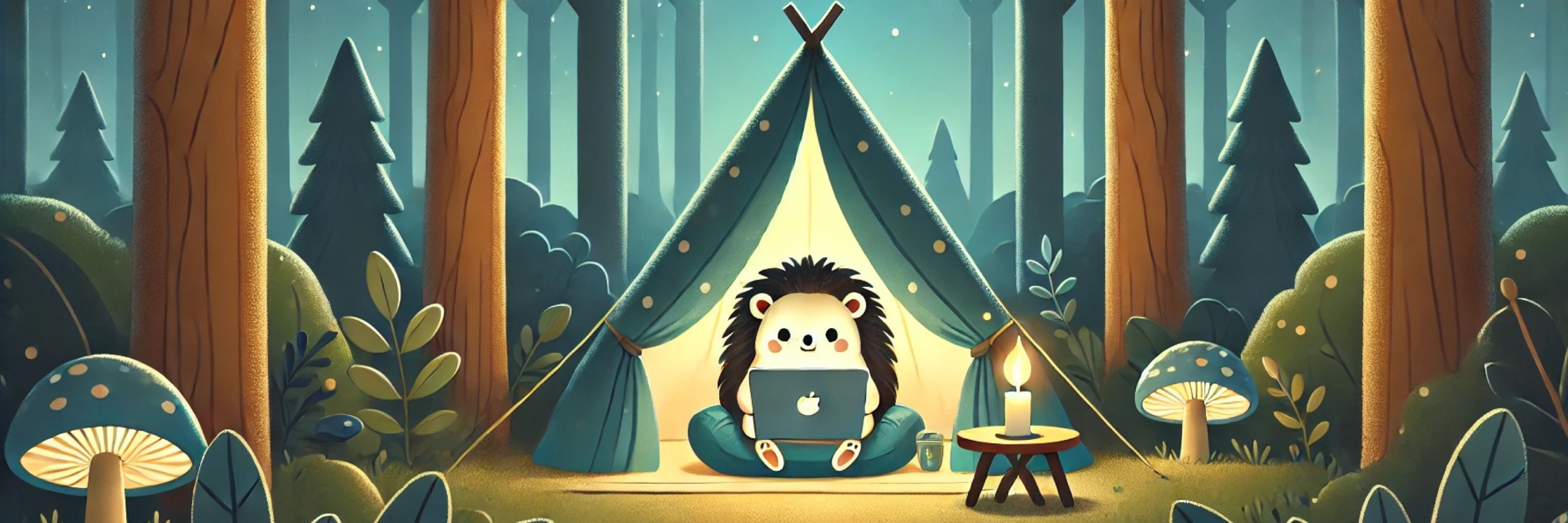
Mario Morgenthum
@morgenthum.bsky.social
25 followers
11 following
22 posts
Software developer 💻 and math student 🧑🎓
Posts
Media
Videos
Starter Packs
Mario Morgenthum
@morgenthum.bsky.social
· Sep 18
Mario Morgenthum
@morgenthum.bsky.social
· Sep 18
Mario Morgenthum
@morgenthum.bsky.social
· Sep 17
Mario Morgenthum
@morgenthum.bsky.social
· Sep 17
Mario Morgenthum
@morgenthum.bsky.social
· Aug 28
Mario Morgenthum
@morgenthum.bsky.social
· Aug 28
Mario Morgenthum
@morgenthum.bsky.social
· Aug 28
Mario Morgenthum
@morgenthum.bsky.social
· Aug 26










